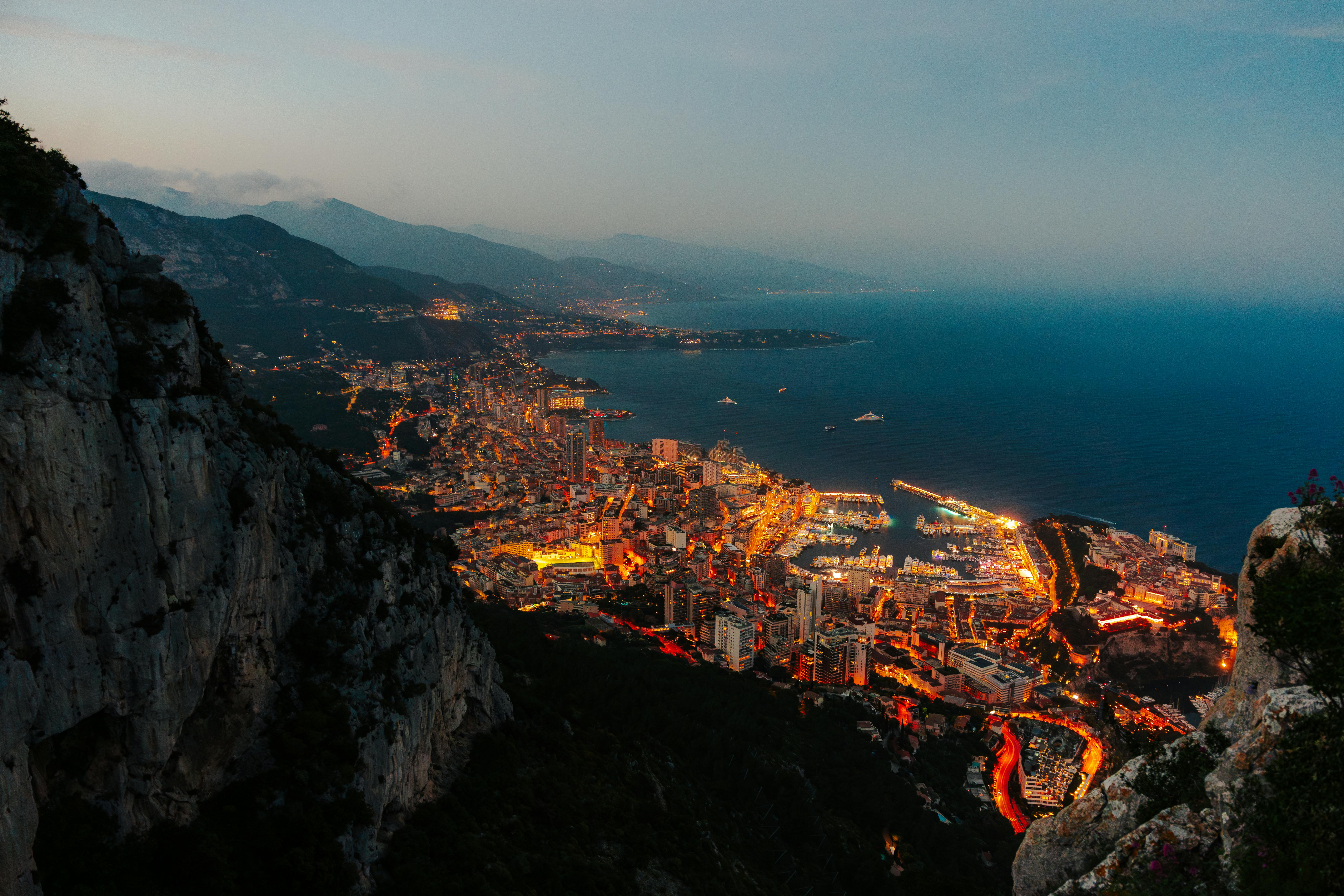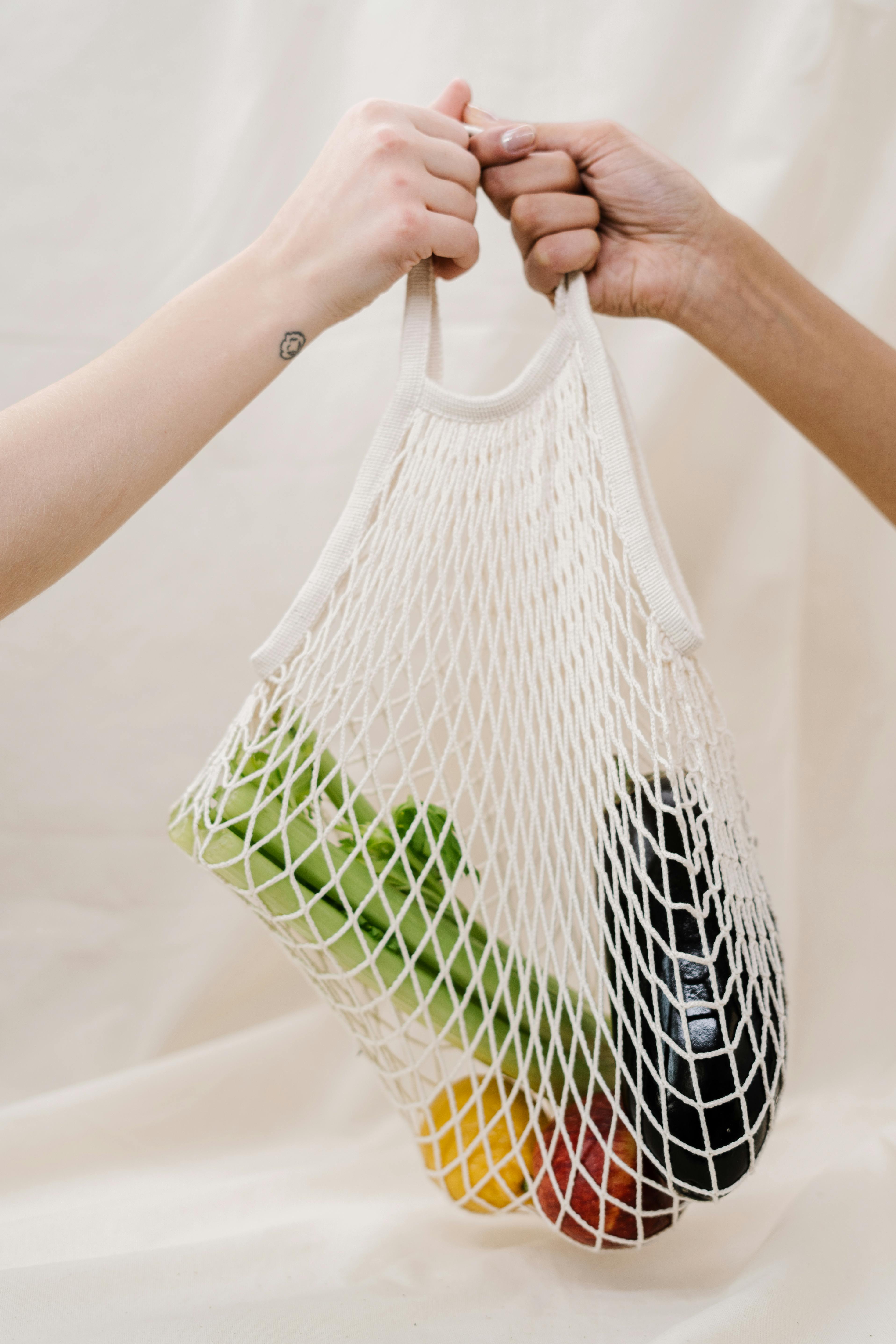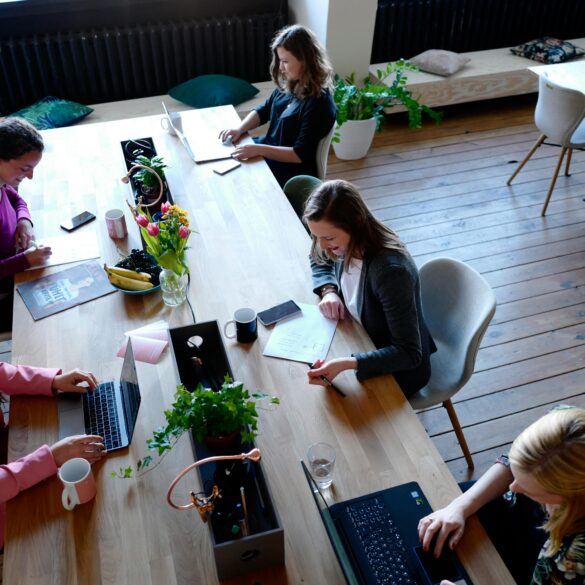Food Tourism in Monaco: Best Value Strategies for Authentic Travel
Let’s not sugarcoat it—Monaco has long been synonymous with luxury, excess, and world-class gastronomy. But, as I discovered over several years working in European travel planning, the tides are shifting toward sustainability, and food tourism here now offers far greater value (not just for the wallet, but for the environment and community) than many first-timers realise. Interestingly, the past two years in Monaco have seen a notable rise in eco-conscious travelers—at least in my experience—so I’d argue that the best value strategies for sustainable food tourism aren’t just trend-chasing. They’re absolutely crucial for anyone who wants both memorable cuisine and meaningful local impact.
What Exactly Is Sustainable Food Tourism (Especially in Monaco)?
Let me get specific. Sustainable food tourism, as I’ve found on the ground in Monaco, isn’t just about eating organic or choosing the “green” menu options. It encompasses real respect for local resources, minimizing waste, supporting cultural heritage, and—most importantly—delivering authentic experiences that connect you with the land and the people1. The challenge? In Monaco, where luxury dominates, many visitors assume “sustainability” means expensive disappointment, not memorable meals. That’s a misconception I want to address head-on.
Key Insight
True sustainable food tourism in Monaco combines local, responsibly sourced ingredients with the principality’s cultural and environmental preservation efforts. The best value comes from engaging with the heritage behind every bite—not just snapping a photo of a Michelin-starred dish. Some travelers only learn this after a costly surprise.
So, how does this all translate into a meaningful plan for your next Monaco trip? Here’s my perspective: Start by understanding the real landscape, then choose strategies rooted in authenticity, not just affordability.
Monaco’s Sustainable Food Scene: What’s Changed Lately?
Back in 2019, Monaco was best known for glitzy events and high-end dining, almost entirely dominated by global brands. But slight shifts were already happening—even though I admit, at first, I doubted they’d stick. The local government, inspired by European Union models, started incentivizing restaurants to adopt more sustainable sourcing, waste reduction, and community involvement2. By 2024, it feels more like a small revolution. Local farms supply many restaurants directly. There’s a boom in micro-seasonal menus. Even luxury hotels run urban garden projects!
Yet, from a tourist’s angle, separating genuine sustainable options from “greenwashed” marketing isn’t always straightforward. The good news? There are clear signs of value if you know where to look.
Monaco has more restaurants per capita than any other European country, according to a 2023 report3. While luxury dominates, 17% now classify as “sustainably certified” and offer value-driven menus with local sourcing—up from just 5% in 2018.
What’s Driving the Sustainable Food Movement in Monaco?
- Government incentives for waste reduction and local sourcing
- Local chefs championing foragers and farmers
- Growing traveler demand for authentic, responsible cuisine
- Recent cultural festivals centred on eco-gastronomy
- “Green” restaurant associations leveraging consumer education
One example really stuck with me: The “Monaco Green Table” initiative now provides diners with an easy index of truly sustainable venues, ranking them by environmental and value benchmarks. Previously, finding this information required hours of research. Now? The smartest travelers start their planning here.
Best Planning Strategies for Responsible Culinary Travel in Monaco
Okay, so let’s get hands-on. In my experience, the best value in Monaco’s sustainable food scene comes from thoughtful pre-trip planning and a willingness to step away from the “default” luxury circuit. I’ve seen seasoned travelers save hundreds—and enjoy far richer experiences—by following these adaptive strategies:
- Research Local Certifications & Programs
It’s almost laughable how many visitors miss official sustainable markers simply because signage isn’t obvious. Use the “Monaco Green Table” resource mentioned earlier and cross-reference with government sustainability listings4. Trust me, it’s worth the 20-minute effort. - Connect with Local Guides & Chefs
A simple email to a local guide or community chef can unlock meal experiences not listed anywhere. Last May, through a small farming collective’s WhatsApp group, I joined a garden-to-table lunch that cost less than a typical tourist brunch. The genuine enthusiasm from hosts was infectious—and the food, unforgettable. - Schedule Meals Around Community Events
Monaco hosts seasonal food festivals and pop-up local markets tied to ecological themes5. These aren’t just photo ops—they’re venues for tasting regional specialties at a fraction of restaurant prices. The catch? They’re rarely heavily advertised, so check local event calendars closely. - Leverage Off-Peak Dining & Group Deals
It sounds basic, but booking lunches instead of dinners—or eating in groups—often yields impressive value, especially at venues with sustainability focus. I’ve watched solo travelers pay double what a dining group negotiates. - Ask About the Ingredient Story
This underappreciated tip can make all the difference. Ask servers or chefs about ingredient origins, farming practices, and seasonal choices. If you sense hesitation or vague responses, reconsider the value prop. In authentic sustainable venues, staff usually love explaining these details.
Actionable Takeaway
The closer you get to producers—fishermen, farmers, foragers—the better your value and sustainability outcomes. Building relationships can also unlock invitations to private tastings or harvest events, the kind that never make social media.
Authentic Local Experiences: Where Value Meets Sustainability
Let me paint a picture: Walking into a family-run restaurant in La Condamine, greeted by a chef whose grandparents once fished the very bay you’re overlooking. The entree—a simple sea bream, grilled on olive wood, with tomatoes from a rooftop garden—embodies ingenuity, flavor, and environmental intelligence. There’s nothing generic here.
I’ll admit, when I started exploring “off-main” Monaco dining, I sometimes found myself second-guessing my choices. Was less “polish” a sign of lower quality? Turns out, exactly the opposite. The authenticity (and the price) beat out several Michelin experiences by a mile. Here are the kinds of experiences to target:
- Dining at rooftop urban farms, often run by local volunteers
- Savoring seasonal specialities (like spring sea bass with wild fennel) at community festivals
- Joining “harvest-to-plate” meals in small producer coops
- Touring olive presses or honey workshops with Monaco native guides
One of the best pieces of advice I picked up from a longtime Monaco hotelier: “Seek the producers, not just the chefs. The stories behind their food often offer more richness than the cuisine itself.” That wisdom’s helped me build lasting connections with locals.
“The soul of Monaco’s culinary scene is not found in the most expensive venues, but in the values shared between producer and consumer.”
Seasonal Food Events & Weather Considerations
Here’s the rub: Planning your food trip around Monaco’s climate and calendar pays huge dividends. Spring and autumn host the highest concentration of local food fairs, and weather’s mild enough for open-air tastings. I remember, a rainy November messed with my itinerary, but the chef at my booked restaurant offered an unplanned soup-making lesson—totally salvaged the afternoon!
| Month | Event | Typical Weather | Best Value Food Experiences |
|---|---|---|---|
| March-April | Monaco Spring Food Fest | Mild, low rain | Outdoor markets, seasonal vegetables, group tastings |
| July-August | Local Producers’ Week | Warm/hot, busy | Farm tours, seafood, rooftop farm dinners |
| October | Harvest Festival | Cool, clear | Wine tastings, honey workshops, chef panels |
| December | Eco-Gastronomy Market | Chilly, festive | Winter vegetables, sustainable seafood stews |

Smart Cost-Saving Techniques for Monaco’s Sustainable Culinary Scene
Ever walked into a Monaco restaurant, paused at the menu, and wondered if there’s a way to enjoy authentic, sustainable dining without blowing your travel budget? Been there. Most guides skip over this, but I’ve learned—and occasionally relearned—the best value comes not just from “cheap eats,” but smart, sustainable choices that deliver richer returns.
- Target lunch instead of dinner at sustainability-focused venues. Lunch pricing can be up to 40% lower, but quality doesn’t dip—a strategy even locals use.
- Consider community meal experiences over solo dining—most producer-hosted tastings discount group bookings.
- Split multi-course meals with a friend or offer to join travel forums for shared reservations; the experience widens and the cost shrinks.
- Choose “prix fixe” seasonal menus; they’re not only value-driven, but nearly always highlight local, sustainable ingredients.
- Scout for loyalty programs and eco-reward schemes offered by Monaco’s certified venues.
Personal Value Discovery
I used to overlook set menus, mistakenly thinking they’d feel too restrictive. After two weeks in Monaco—constantly second-guessing my choices—I realised they’re often the chef’s pride, showcasing what’s freshest (and typically at lower margins, thanks to direct supplier relationships).
Comparing Value: Sustainable vs. Conventional Monaco Food Experiences
Let’s do some point-by-point comparison. Here’s a mobile-friendly table outlining typical costs and experiences:
| Experience Type | Typical Cost (EUR) | Sustainability Value | Authenticity Rating |
|---|---|---|---|
| Michelin-Starred Dinner | €180-€500+ | Low to Moderate | Moderate |
| Rooftop Urban Farm Lunch | €45-€90 | High | Very High |
| Seasonal Producers’ Fest | €10-€50 | Very High | Exceptional |
| Hotel Restaurant Prix Fixe | €60-€120 | High | High |
See how the most “Instagrammable” meals aren’t always the best value for sustainability or authenticity? Funny thing is, the local producers’ festivals rarely get international press, but deliver extraordinary local connection at unmatched value.
“The journey toward sustainable tourism in Monaco starts not in your travel app, but by asking locals what truly matters.”
Common Pitfalls & How to Avoid Them
- Mistaking “organic” labels for authentic sustainability—ask for actual sourcing stories.
- Overbooking restaurants online—local, seasonal venues often don’t use major reservation platforms.
- Ignoring weather patterns—outdoor markets and farm visits require adaptable scheduling.
- Assuming English is universally spoken—try learning a few basics in French or Italian for better local engagement.
Monaco’s average annual food imports decreased by 7% in the last five years thanks to strong local producer support and new sustainability programs6. This has direct impact on culinary authenticity and travel value.
What really strikes me is how much richer the experience becomes when you accept a little unpredictability. I admit, my first market visit in Monaco didn’t go as expected—I arrived late, vendors had packed up, and I ended up at a fisherman’s family picnic instead. Lesson learned: flexibility in travel generally rewards you with memorable stories and surprising savings.
Future-Proofing Your Travel: Longevity, Updates & Repurposing
Let’s think beyond the “trip of a lifetime”—sustainable food tourism in Monaco is evolving fast. How do you ensure your culinary travel stays valuable, relevant, and adaptable as trends shift? Here are the essential strategies I rely on (having had to adjust my own approach over time):
- Stay Informed on Local Initiatives:
Monaco updates environmental policies frequently. Subscribe to regional tourism newsletters or sustainable dining associations for timely updates7. - Seek Out Evergreen Experiences:
Farm visits, garden-to-table meals, and producer workshops offer lasting value, regardless of seasonal trends. - Repurpose Your Learnings:
Share your experiences on social media, blogs, or even as discussion points for fellow travelers. I’ve seen WhatsApp groups and travel forums grow around just a single market visit story. - Support Community-Focused Venues:
Regularly updated menus and adaptive dining experiences ensure ongoing connection between traveler and local producer—a true investment in future culinary returns.
Professional Call to Action
Ready to reimagine your Monaco food travel? Research local sustainability indexes, reach out to native chefs and guides, and above all—let curiosity drive your culinary journey. That’s where genuine value lives.
Having worked in Monaco’s travel sector, I’m not shy about updating my recommendations as new venues emerge or old standards fade. It’s an exciting, ever-adapting culinary landscape—and if you leverage these strategies, you’re set to enjoy not only the best value, but experiences that continually enrich your understanding of local heritage and sustainable living.
Summary Takeaways
- Start with genuine research and local conversations—not just online guides.
- Value comes from stories, connections, and adaptability to local rhythms.
- Seasonality, producer links, and weather-smart planning offer tangible savings and authentic experiences.
- Repurpose your Monaco travel insights for broader learning and future trips.
“There’s real joy—and lasting impact—when sustainable food tourism is woven into Monaco’s community fabric, one meal at a time.”



